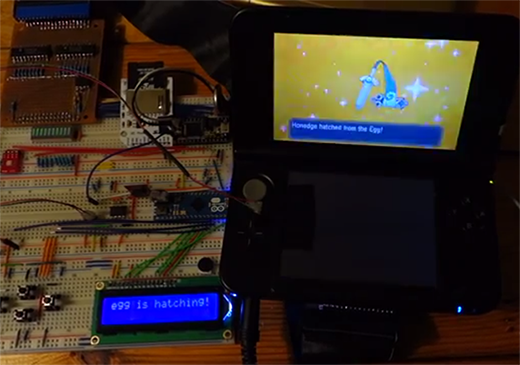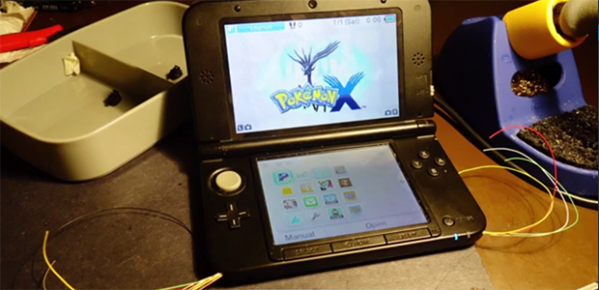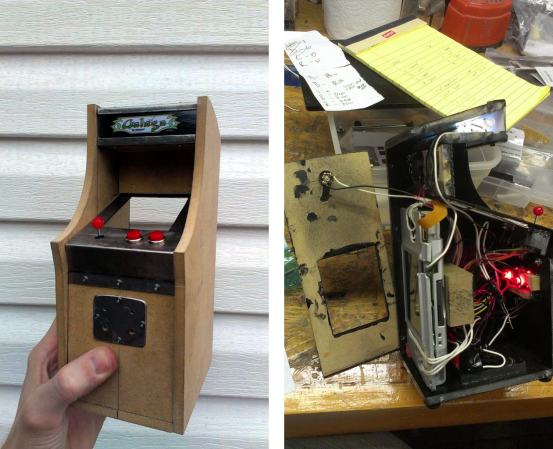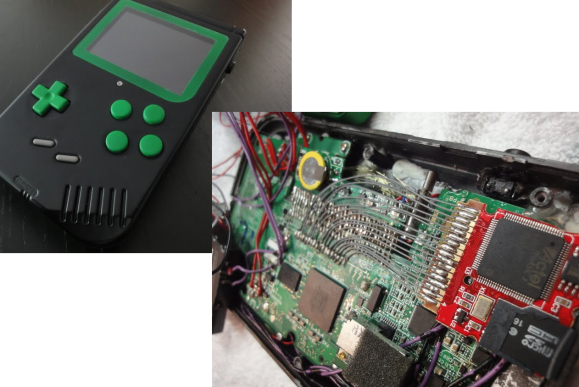Nintendo has always been very wary about allowing independent and homebrew developers making games for their consoles, and the 3DS is no exception. It’s locked down, and a few 3DS and console hackers have spent years searching for a method that will easily allow anyone to run unsigned code. That day is finally here. The exploit is called NINJHAX, and it allows anyone to install the Homebrew Channel, the repository for everything awesome in the world of 3DS homebrew development.
The latest exploit relies on a bit of code in a retail game – Cubic Ninja – to run unsigned code. This game includes a level editor that allows players to share different levels by QR codes and 3DS’ camera. By carefully crafting one of these QR codes, the 3DS gains the ability to run the Homebrew Channel
If this exploit sounds familiar, you’re right. The most common way to open up a Wii for homebrew development is Smash Stack, an exploit found in Super Smash Bros. Brawl. This exploit also works by modifying custom stages, and opened the door to a wealth of homebrew development for the Wii.
In the video below, [smea] shows off his exploit by starting Cubic Ninja, going to the QR code level editor, then loading up homebrew games. A copy of the game that enables this exploit, Cubic Ninja, is required for this exploit. Last week, you could buy Cubic Ninja for a few dollars on eBay and Amazon. Today, the price has settled around $50, with a few very dumb or very eager people paying up to $300. If you already have the game, you’ll only need to get the homebrew starter kit, generate a QR code, and start installing unsigned code. All the instructions are available on [smeal]’s site.

















